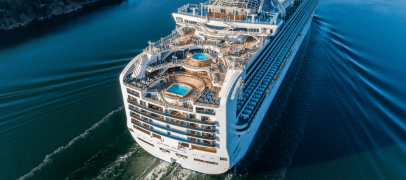
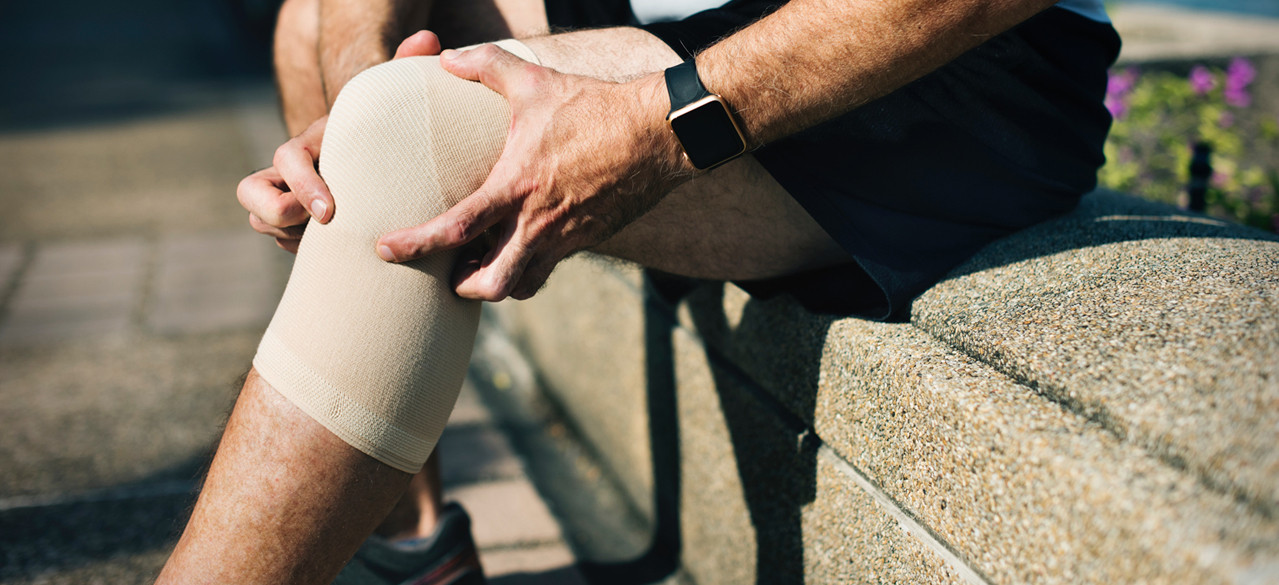
5 First-Aid Tips for Travelling
11 Jul 2017 by Olga Brighton
While travelling, the last thing on our minds is thinking about someone getting injured and needing medical attention. However, accidents do happen, so it’s worth knowing some first aid tips so you can be proactive, especially when travelling with children and elderly family members.
Always seek professional medical assistance as required, but while you are waiting it could be helpful to know some basic first-aid. This could save lives in critical situations. Most important of all is stay calm and assess the situation. By keeping calm, you will reassure those around you, and be better able to maintain the presence of mind to make the right decisions.
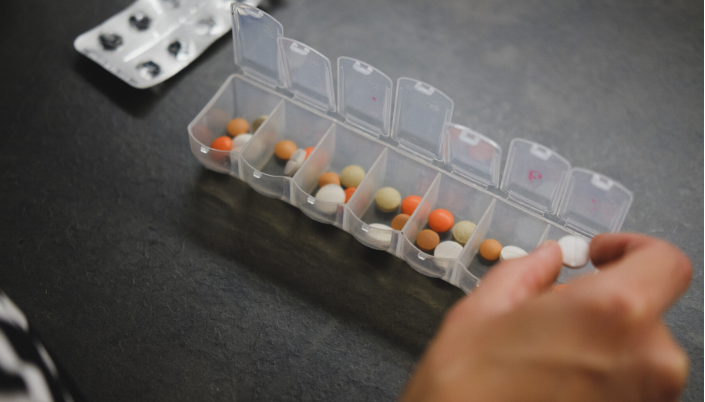
First of all, it pays to be prepared for any type of medical emergency while travelling and one of the best ways to do this is to have a good travel insurance policy in place that covers medical emergencies while travelling. Most policies have a 24 hr Medical Assistance Company as part of the cover, who are there to help if you need medical assistance while abroad. So make sure you always have their details handy. Also pack a first-aid kit in your hand luggage. This will be a big help if anyone has a minor ailment or injury on a trip. Stock with essentials such as strip bandages, antiseptic wipes, plasters, antiseptic cream, painkillers.
Here are five tips for administering first aid if you or your travel companions need assistance on a trip:
1. Upset Tummy
A change in climate, different foods, eating out, can all sometimes cause an upset tummy or food poisoning while travelling. If this happens, try to drink plenty of water in small doses at a time. This will help keep you hydrated and clear your digestive system. Lie down and rest. Sometimes warm water with a pinch of salt or sugar and lemon juice can help. Avoid solid foods until vomiting ends. Then eat light, bland foods, such as crackers, bananas, rice. Don’t eat fried, greasy, spicy, or sweet foods and avoid anti-nausea treatments unless you have sought medical advice. If symptoms persists or get worse seek medical attention.
2. Wound Injuries
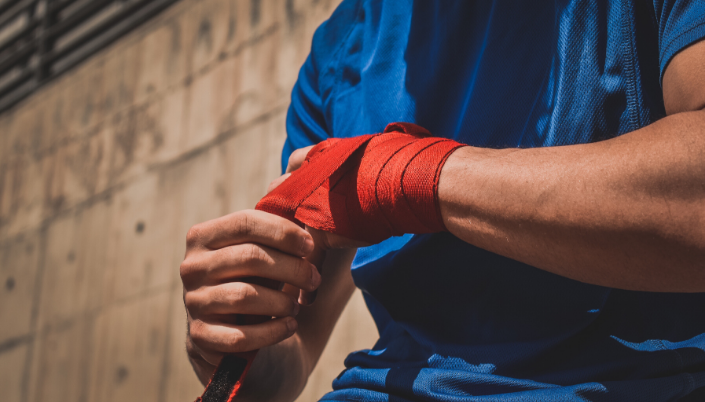
There are various types of wounds – abrasions, lacerations, and puncture wounds. For any wound of this type, cleaning it is very important in order to prevent infection. If there is significant bleeding, try to stem the flow by using a clean cloth and apply pressure to the wound. It can also help to hold the wound area above heart level. If there is an object embedded in the wound, do not try to remove it and wait for qualified medical help.
Read also: 11 Common Risks to Avoid in Any Country
3.Burns
First aid help for burns victims is remove the injured person from the source of the burn and cool the area with running water for at least ten minutes. Do not remove clothing to reveal the burn. Take note that you should only do this if the burn is superficial. If the burn is more serious, wait for medical personnel and keep the victim as comfortable as possible. For sunburn, or minor burns use over-the-counter burns jell or cream. Those containing aloe vera are good for sunburn.
4.Fractures, Dislocations, and Sprains
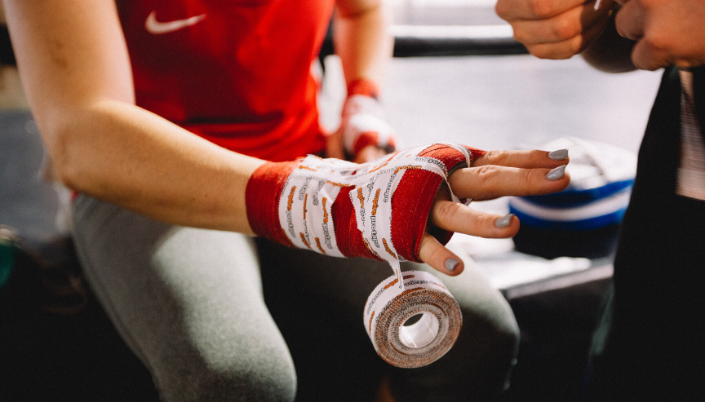
In case of fractures, dislocations, and sprains, the best thing to do as a first aid measure is to support the injury and prevent sudden movements by placing a cushion, towel or items of clothing for the injured area to rest on. Seek medical attention. If necessary, protect the injured area by using bandages or similar to secure it to an uninjured part of the body to stop it from moving. For example, a fractured arm can be secured with a sling, and a fractured finger, or leg can be gently tied to an uninjured finger/the other leg.
5.Nosebleeds
Nosebleeds can cause panic, but they often look a lot more serious than they actually are. The main objective when someone’s nose is bleeding is to stop the flow of blood. It helps if you lean the head slightly forward, so that the blood does not run down the throat. You need to slightly and gently pinch the nose using a tissue or washcloth, and see if the bleeding stops. You should hold this position for about five minutes. If the bleeding hasn’t stopped, repeat the process. If there is an ice pack, or similar available, apply over the bridge of the nose.
Remember that your travel insurancecovers emergency transport, emergency treatment and medication. Make a mindful choice about your travel destination by knowing the latest official travel advice and the Foreign and Commonwealth Office (FCO) website is a great place to start.
We accept

